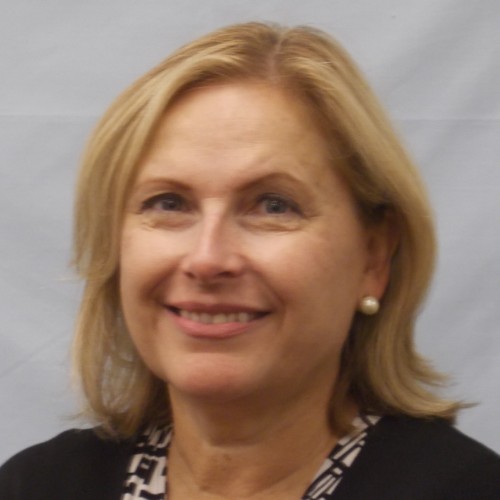What 55+ consumers (don’t call them ‘seniors’) want in their living environments
“The more we listen to consumers, the more we realize we still have so much to learn from them.”
That’s the mantra of ProMatura, a global market research and advisory firm specializing in 55+ consumers and their housing, products and services. President and CEO Margaret Wylde, PhD, has her fingers firmly on the pulse of the booming demographic. She spoke with Long-Term Living Editor-in-Chief Patricia Sheehan in advance of her keynote address at the Environments for Aging Conference, to be held April 6-9 in New Orleans.
Sheehan: Describe the current senior housing landscape.
Wylde: First off, we must get rid of the term ‘‘seniors.” And I hate the term “aging in place.” What people want is to “live in place.” They’re not thinking about their aging process. They just want a really well-designed house and that well-designed house will work for anyone of any age. It’s like “universal design.” But the problem with universal design [UD] is many think it’s for people with disabilities. UD should just be incredibly great design that is well-thought-out and is just smart. It shouldn’t be a separate category.
Sheehan: So what do you suggest as an alternative to “seniors”?
Wylde: People! Or 55-plus works. When you use the term “senior” you are ascribing an adjective to people. When you use the term “older” or “elder” those adjectives mostly have negative connotations. I’m not making this up—it’s well documented. So why would we call a whole type of housing product by a negative adjective and expect people to want to live there? Do you want to live in senior housing?
Sheehan: Honestly? No.
Wylde: Our industry is very ageist. We have the Fair Housing Amendments Act [FHAA] which is the only legal form of discrimination in the United States. If you adhere to the FHAA and follow its requirements then you will not be fined for refusing to sell or rent a residence to someone under the age of 55. We shouldn’t worry about the age of the people that live [somewhere]. However, our ability to create an environment that will allow people of the same age range to live near each other has benefits—one being that there is someone at home “to play with” because what happens to people who live in all-age neighborhoods is that the neighborhood typically empties out between 7 and 8 in the morning then families return between 5 and 6 at night, go into the house and disappear. There’s no one around to visit or have a cup of coffee with. That’s one of the major benefits of age-qualified housing—the majority of people who move there pretty much keep the same schedule.
I would not call my product “senior housing.” I’d establish a brand and a [promotion] about how great a place this is to live in and promote available services and great staff without the [seniors designation]. It’s not right and it’s not what customers want.
Sheehan: What are some of the trends in the independent living sector that you’ve observed through the study your firm conducted in conjunction with ASHA (American Seniors Housing Association)?
Wylde: In the study we saw that the apartment that they [residents] are in has a significant impact on their sense of feeling at home. Those in larger apartments and the amount of storage available have very high correlations with the sense of being at home. The greater the sense of being at home, the happier they are with where they live. It’s a sense of belonging—that this is their place.
In the past, I have not found the built environment to be a key contributor to overall satisfaction; it’s been more about the people and their friendships. Amenities [indoor pools, movie theaters, etc.] don’t matter, it’s been shown; it’s the home itself that matters.
Sheehan: What else do these potential residents want in their living space?
Wylde: They want comfort. And what gives you comfort? A sense of safety and security, a sense of control. And we all want competence in our environment. This is where the architects come in—[to foster] the feeling that we’re capable of doing what we need to do in our environment—whether that’s taking a bath or getting from one room to another. Being able to take care of our environment, to change a lightbulb. Putting in good, attractive grab bars instead of those ugly guns you see in bathrooms, demanding manufacturers provide them. And we want plenty of windows for lots of natural light.
Sheehan: Any other trends?
Wylde: Customization is going to be more and more important as will the [demand for] immediacy. I can order something online today and it will be in my office tomorrow. That will drive expectations more and more. Also, creating spaces that are flexible—to take on a new form and function without having to make major renovations. It’s fostering a sense of community, of being with friends—it’s not activities. You need to create a space in a community that makes it really easy for people to come together and sit down and talk and just be together—such as cafes and bars. That’s what people need instead of a big auditorium for the local banjo player to come in and perform yet another medley.
For more information on the 2013 Environments for Aging Conference, click here.

Patricia Sheehan was Editor in Chief of I Advance Senior Care / Long Term Living from 2010-2013. She is now manager, communications at Nestlé USA.
Related Articles
Topics: Articles , Housing











